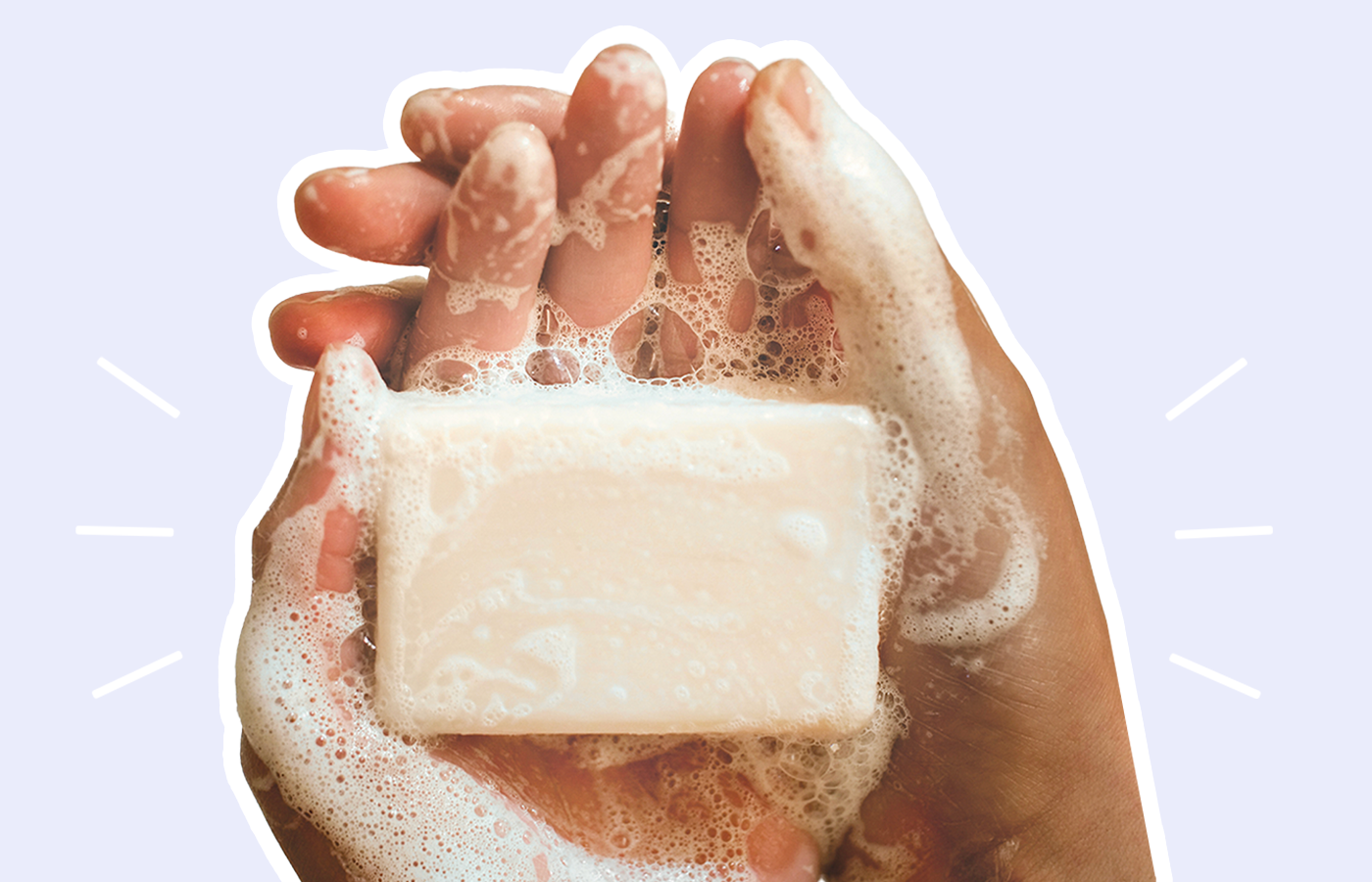The words Alpha Hydroxy Acid (AHA) have been circling Skincare TikTok and Instagram for the past few years, with influencers and dermatologists hailing the ingredient as the ultimate holy grail exfoliant. Because of the many alpha hydroxy acid benefits, it's often found in anti-aging skincare routines, such as serums, toners, creams, concentrated treatments, and chemical peels. It’s especially great for resurfacing textured skin and acne scarring.
But, it's more than just a skincare movement; AHAs are also found in shampoos, conditioners, and other popular haircare products. ICYMI: The Ordinary’s Glycolic Acid Toner recently went viral for its hair growth benefits on TikTok.
Like most viral sensations (shoutout slugging skin), it's important to know the what, the how, and the why before you jump onto a social media trend. So, we'll be breaking down all you need to know about alpha hydroxy acid’s benefits and what it can do for your hair's health.
Read Next: How To Protect Your Hair While You Sleep
What is Alpha Hydroxy Acid?
Alpha hydroxy acids (you’ll see it written as AHA most often) are a group of plant and animal-derived acids. They’re naturally occurring acids extracted from many fruits and vegetables. Despite its name, AHAs come from a natural source meaning their components aren't as harsh as other artificial resurfacing chemicals you often find in skincare products and cosmetics.
What Do AHAs Do?
AHA's are well-known and well-loved for their powerful perks in skincare, making them great for scalp treatments too. As actives (meaning, a targeting ingredient in your products) AHAs can help exfoliate dead skin cells from the face and body, unclog pores, and reduce scalp itching caused by inflammation. In addition, the ingredient makes for an excellent anti-aging and blemish-prone saviour.
For haircare, alpha hydroxy acid also works as an exfoliant for scalps, helping to remove dirt, oil, scalp sebum, product buildup, and dead skin cells. Its cleansing properties are usually found in products formulated for oily hair and clarifying treatments, but a small amount of it is great to use on any hair type. While there are many alpha hydroxy acid benefits, for anyone with sensitive skin, you'll still need to be cautious, which we'll cover in later in alpha hydroxy acid side effects.

Are There Different Types of AHAs?
AHAs can come in different forms and potencies. The most common AHAs are Glycolic acid, Lactic acid, and Citric acid.
Glycolic acid is one of the most popular acids found in cosmetics and hair care products because it helps cleanse your strands without stripping them of moisture. In addition, glycolic acid creates a lubricity to hair that allows for more effortless detangling and even protects the hair against heat styling tools.
Read Next: Why Bond Builders For Hair Are So Important
Do AHA's Help With Hair Growth?
The need for stimulation to your scalp for hair growth is why many people have seen incredible results when using AHA. As we mentioned earlier, AHA can help remove buildup and debris, activating the blood vessels and helping supply more nutrients and oxygen to your hair strands. In simpler terms, a clean scalp and increased blood flow can help with hair growth.
Read Next: Protective Sleep Hairstyles To Avoid Hair Damage
What's the Difference Between AHAs and BHAs?
Although AHAs seem to be taking over social media, its partner in crime isn't too far behind. BHAs (short for beta-hydroxy acids) are similar to AHAs in many ways. For one, they also come from natural resources like willow bark, sweet birch bark, and wintergreen leaves. BHAs are commonly found in salicylic acid, a popular acne treatment, and like AHAs, they work as an effective scalp exfoliant.
The main difference between AHAs and BHAs are that BHAs are oil-soluble, and AHAs are water-soluble. They make for a great pair as a dermatologist-friendly dandruff treatment and chemical peels. How they individually interact with your scalp skin will vary, however so patch test and see how your scalp reacts before applying more.
BHAs are more oily, blemish-prone skin-friendly and can be used daily. On the other hand, pure AHAs can be more potent and, therefore, can only be used a few times a week, or even less for more sensitive skin.
Read Next: How to Hydrate Hair After Bleaching
What Are The Side Effects of AHA?
Pure, non-diluted AHAs can be mighty on the face and scalp, so the concentration should be no higher than 10% in use. Lactic acid can be used in concentrations of up to 15% when applied to other body parts.
AHAs can also cause mild skin irritation, redness, swelling, itching, and skin discolouration, so make sure to perform a patch test before using it on your hair and scalp.
For some users, alpha-hydroxy acids can make the skin extra sensitive to sunlight, so wearing products that protect hair from sun damage is vital right after application.






